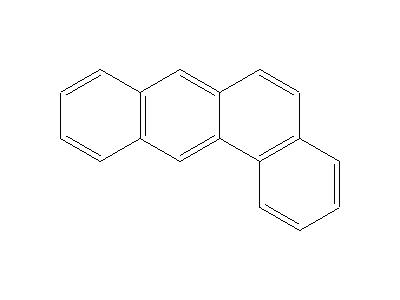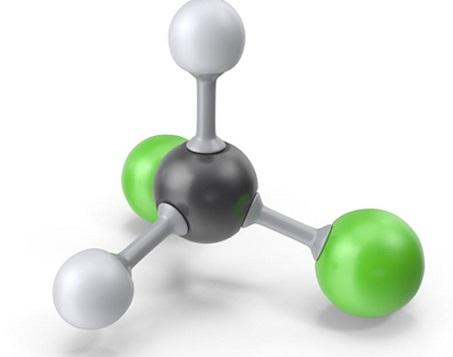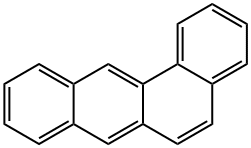Benz[a]anthracene:Mechanism of Toxicity
Nov 18,2021
A procarcinogen, benz[a]anthracene is metabolized to its
carcinogenic form by phase 1 and phase 2 metabolism. As
with other polycyclic aromatic hydrocarbons (PAHs), the
presence of the ‘bay’ region contributes greatly to the carcinogenicity
of benz[a]anthracene metabolites. This region is
sterically constrained, allowing the formation of diol epoxides,
which subsequently react with intracellular molecules
such as DNA.
Human exposure to benz[a]anthracene and other PAHs
occurs primarily from smoking or second-hand smoke, air
polluted with combustion products, or food and water
polluted with combustion products.

Uses
Benz[a]anthracene is primarily used in research.
Environmental Fate
Benz[a]anthracene is not synthesized commercially. The primary source of many PAHs in air is the combustion of wood and other fuels. PAHs released into the atmospheremay deposit onto soil or water. In surface water, PAHs can volatilize, bind to suspended particles, or accumulate in aquatic organisms. Adsorption to solid particles in the soil extended their half-life, benz[a]anthracene’s half-life in Kidman sandy loam is 261 days. The vapor pressure of benz[a]anthracene is 1.9×106mmHg at 25°C, and it has an atmospheric half-life of about 7.7 h due primarily to photochemical degradation.
Mechanism of Toxicity
While not toxic itself, benz[a]anthracene and other PAHs containing bay regions are carcinogenic. These compounds are metabolized by cytochrome P450 enzymes in collaboration with epoxide hydrolase to highly reactive diol epoxides. Thesemetabolites in turn covalently bind to nucleophilic sites in DNA and other biological molecules. Benz[a]anthracene may also be metabolized to radical cations that form depurinated DNA adducts.
- Related articles
- Related Qustion
- What is 1,2-benzanthracene? Jan 7, 2020
1,2-Benzanthracene (C18H12, CAS registry No. 56-55-3) is colorless leaflets or plates or coarse gold powder with a greenish-yellow fluorescence. Its melting point is 159.8 °C and flash point is 209.1 °C.
Since 1970, benfluralin has been registered in the United States as a preemergent dinitroaniline herbicide. In 2004, the US Environmental Protection Agency (EPA) conducted an assessment to determine if pesticide products containing the acti....
Nov 18,2021Chemical pesticides ?Dichloromethane can be used as a solvent, dental local anesthetic, refrigerant and fire extinguishing agent. In addition to being used in organic synthesis, dichloromethane is often used as a non-flammable solvent for flammable materials.....
Nov 18,2021Organic reagents1,2-BENZANTHRACENE
56-55-3You may like
1,2-BENZANTHRACENE manufacturers
- 1,2-BENZANTHRACENE
-

- $6.60 / 1KG
- 2019-12-26
- CAS:56-55-3
- Min. Order: 1KG
- Purity: 97%-99%
- Supply Ability: 1kg-1000kg





